How to Maintain Your Storm Drain
pristineplumb1
on
March 22, 2023
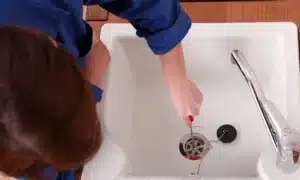
Storm drains are essential to ensuring your property doesn’t flood in the event of a storm. Keeping up with the maintenance of your storm drain will give you peace of mind when the next rainstorm is around the corner, as this will help your neighborhood drain properly and not cause any damage to your home. Let’s dive into everything you need to know about maintaining your storm drain.
What are Storm Drains?
Nearly every street has grated storm drains designed to redirect the flow of water when a rainstorm overtakes a neighborhood. These are necessary to ensure that no flooding takes place and that all of the properties in the area are kept safe. The storm drain closest to you likely has an underground pipe to lead to the main storm drain of your street.
What Causes Storm Drain Clogs?
If you have experienced a rainstorm in your area recently, but your street has been flooded, then your storm drain may be clogged. This can be caused by debris like leaves, dirt, twigs, mud, trash, and other things. If the drain becomes clogged to the point that no water is draining, this is a serious problem for your property, as it could cause water damage to your home.
Consequences of Storm Drain Clogs
If the storm drain outside your home clogs, you could experience terrible water damage to your home, resulting in thousands of dollars of damage to repair. Some of the consequences can be water damage, mold damage, basement flooding, landscaping damage, and other issues to deal with.
Ways to Clean & Maintain Your Storm Drain
The easiest way to ensure that your storm drain is always clean is to schedule routine drain cleaning and try to reduce the amount of waste on your property. Here are some tips:
- Rake up all leaves
- Pick up pet waste right away
- Dispose of yard and landscaping debris in a bin or specific container
- Ensure your trash cans have fitted lids to prevent the trash from ending up on the street
Pristine Plumbing Can Help You Maintain Your Storm Drain
If your storm drain is starting to become backed up when it’s raining, or you just notice a lot of debris surrounding the drain, contact Pristine Plumbing immediately. The professionals at Pristine Plumbing can remove the debris and ensure everything will drain smoothly when the next rainstorm hits your neighborhood. Call now or visit our website for more information on how to book an appointment with us today!
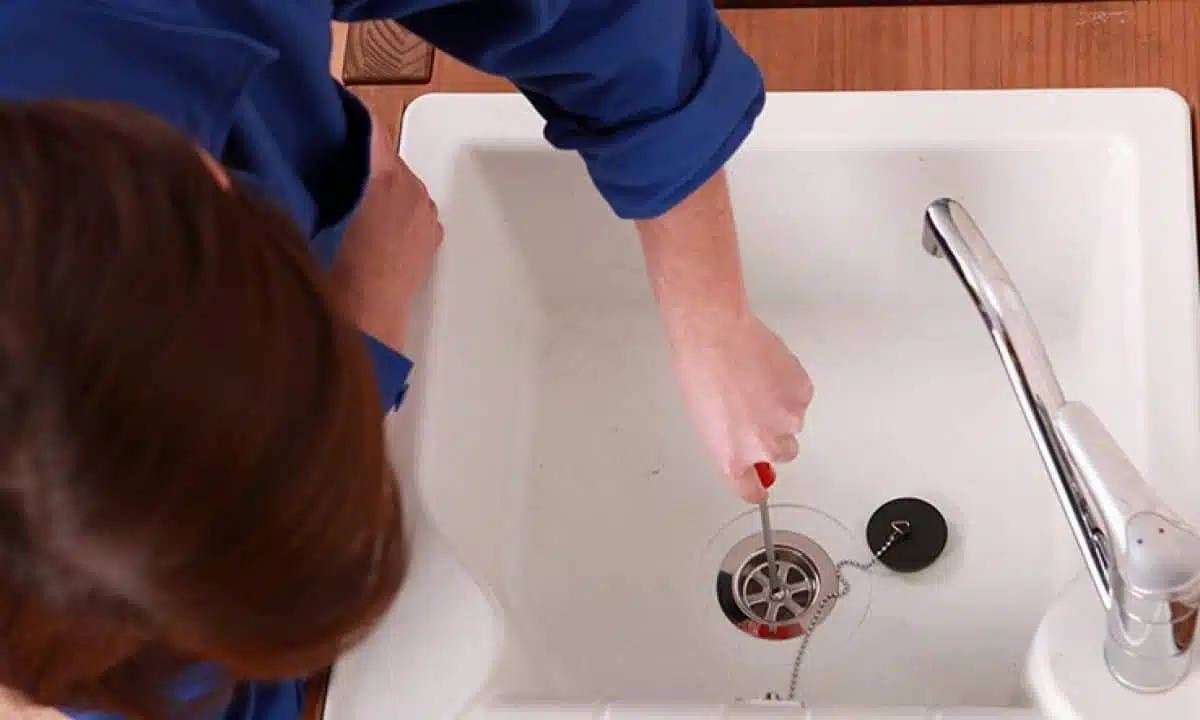
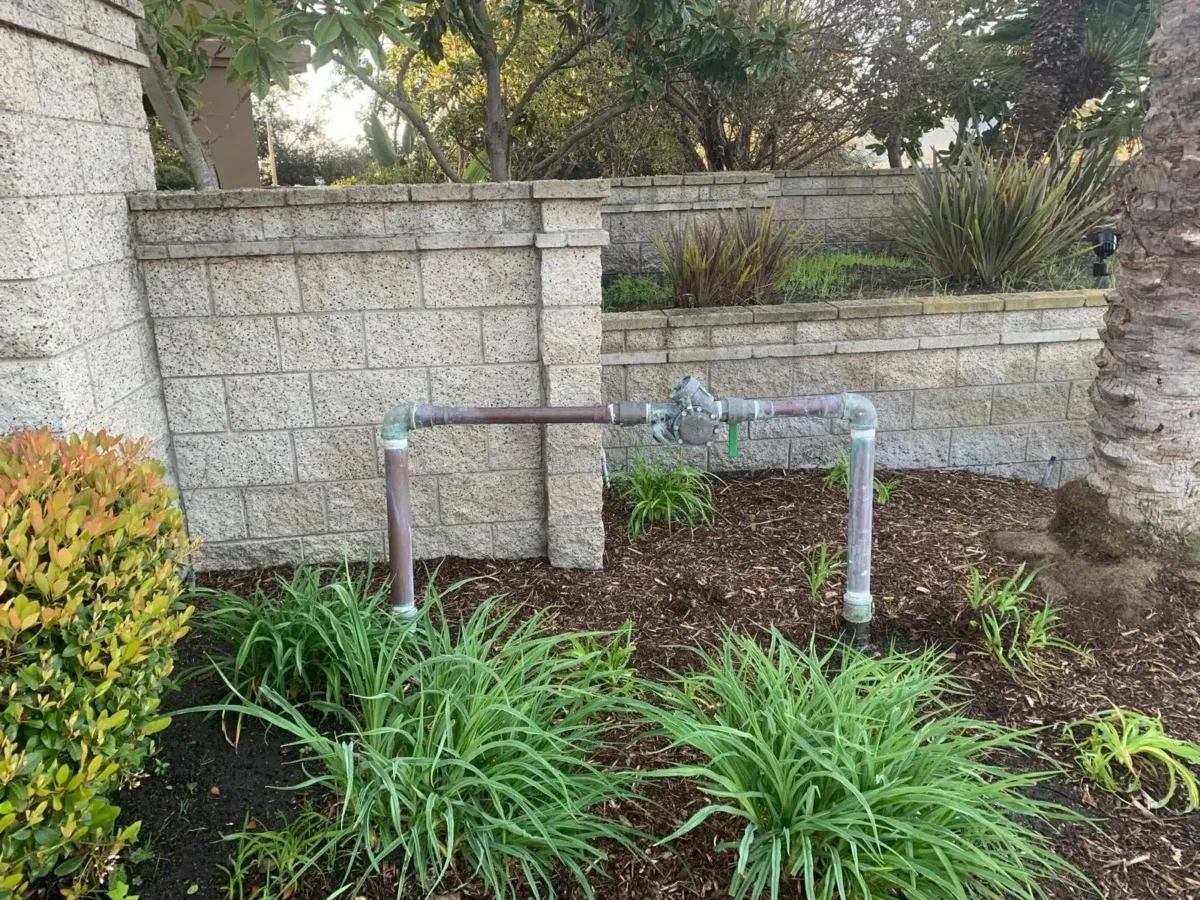


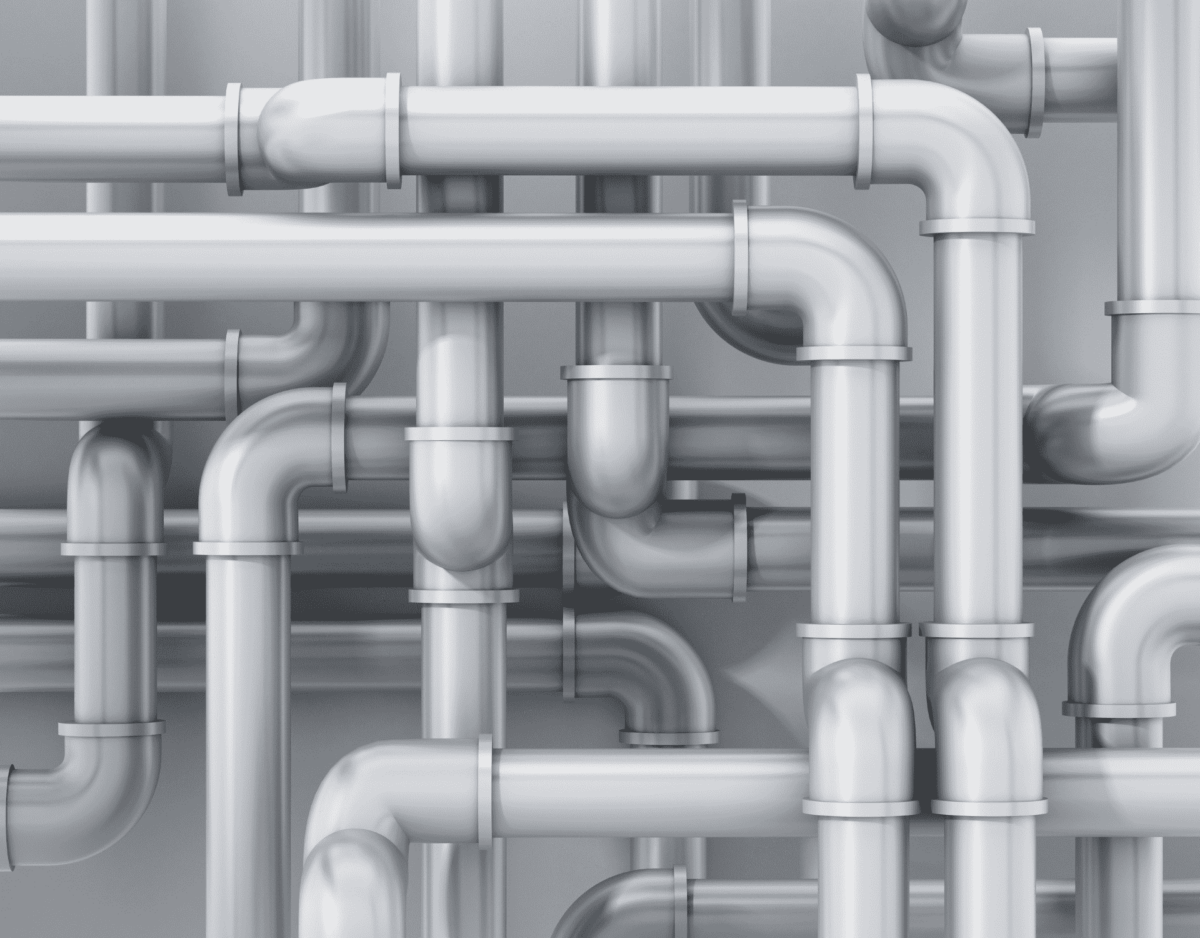
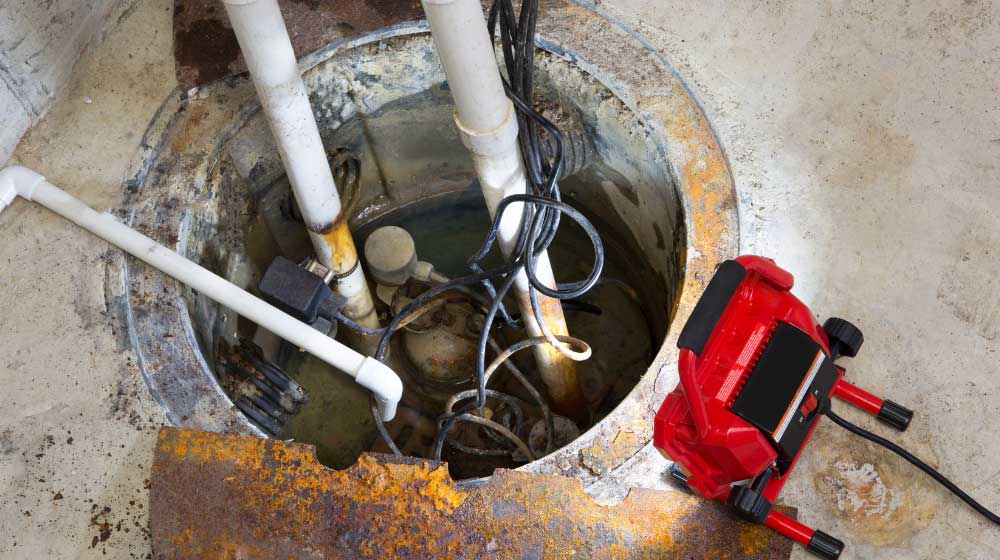

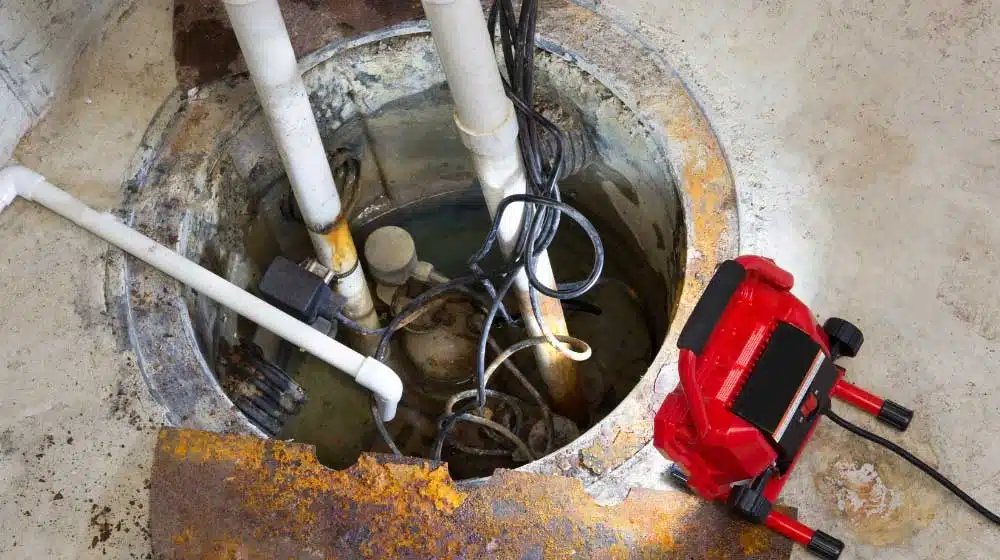

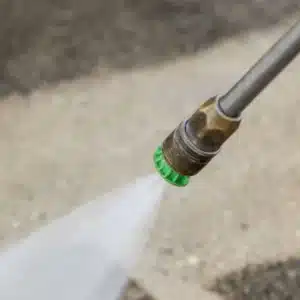
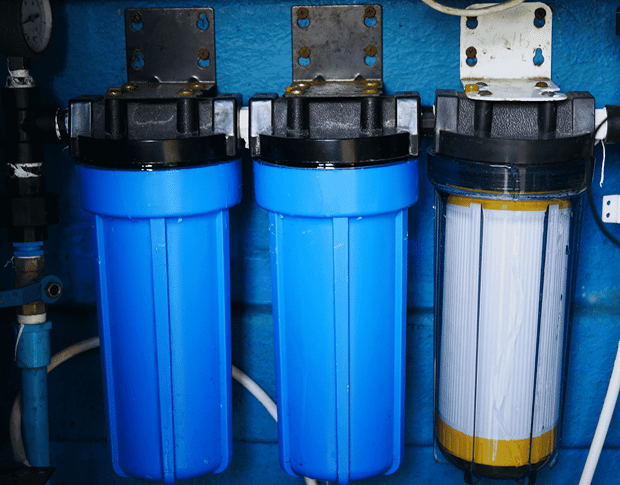
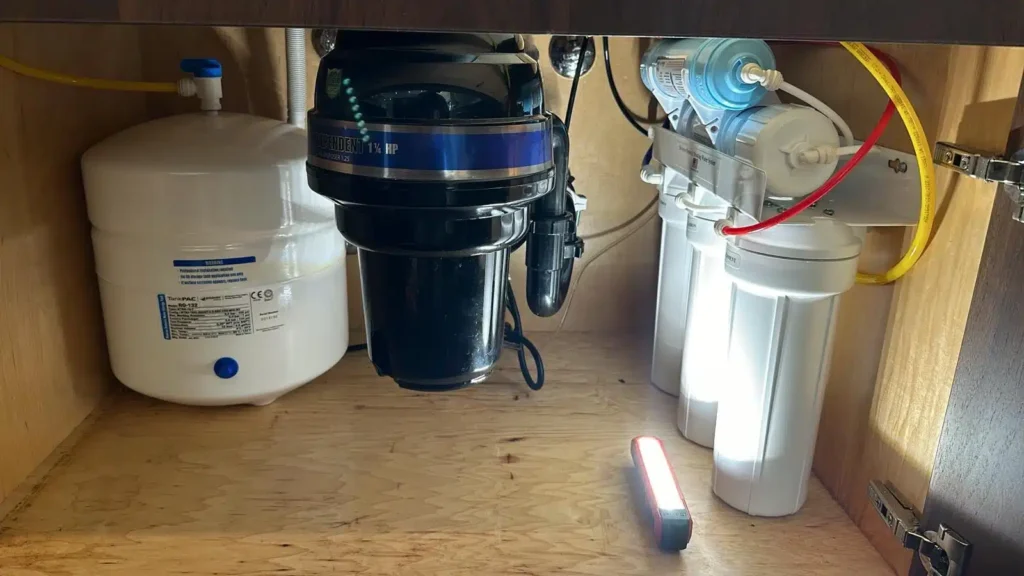
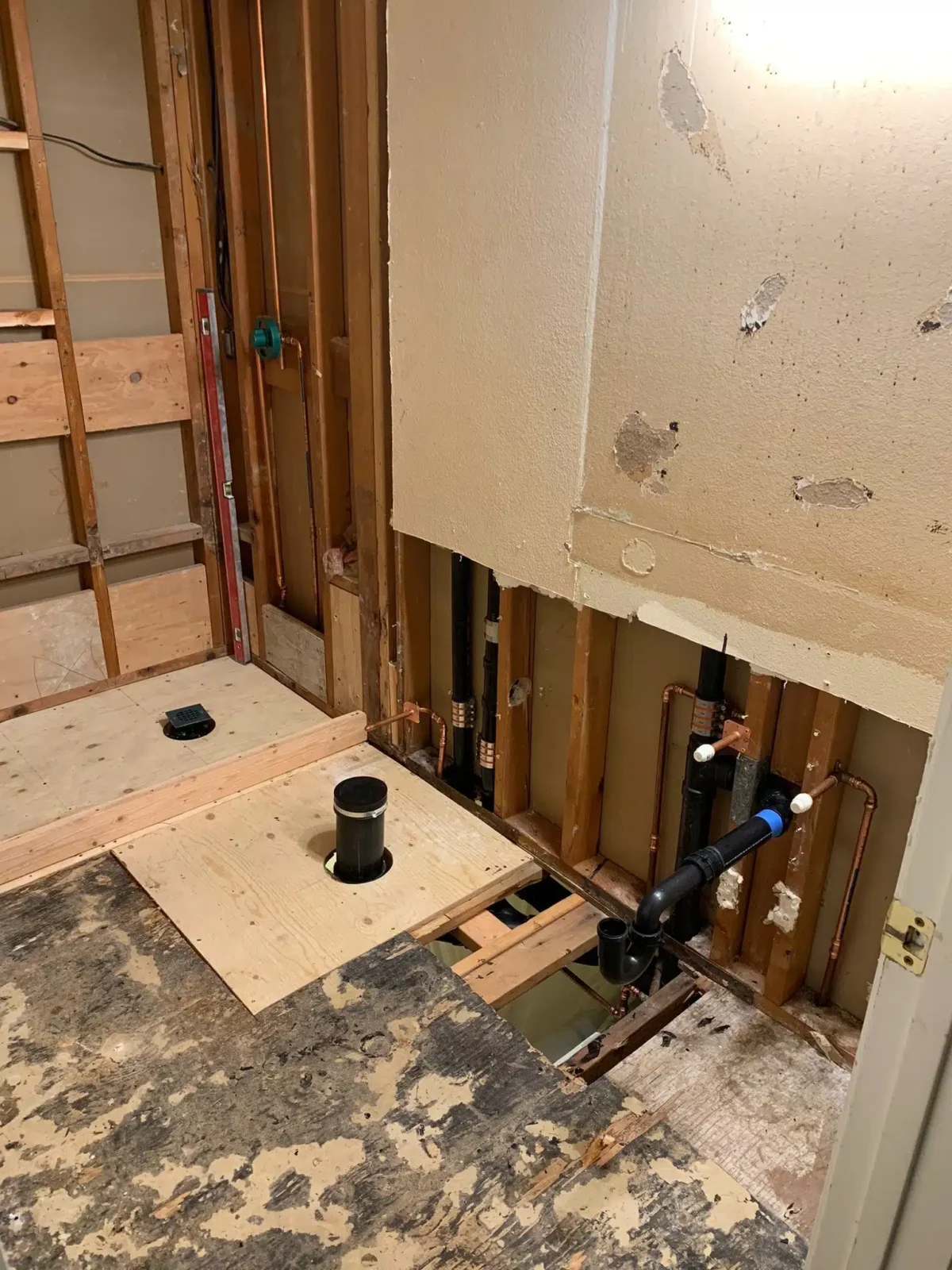
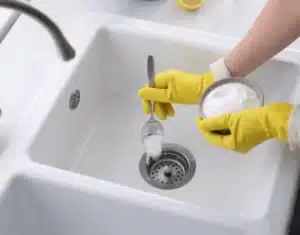 Slab leaks can be every homeowners worst nightmare, since they can be hard to
Slab leaks can be every homeowners worst nightmare, since they can be hard to 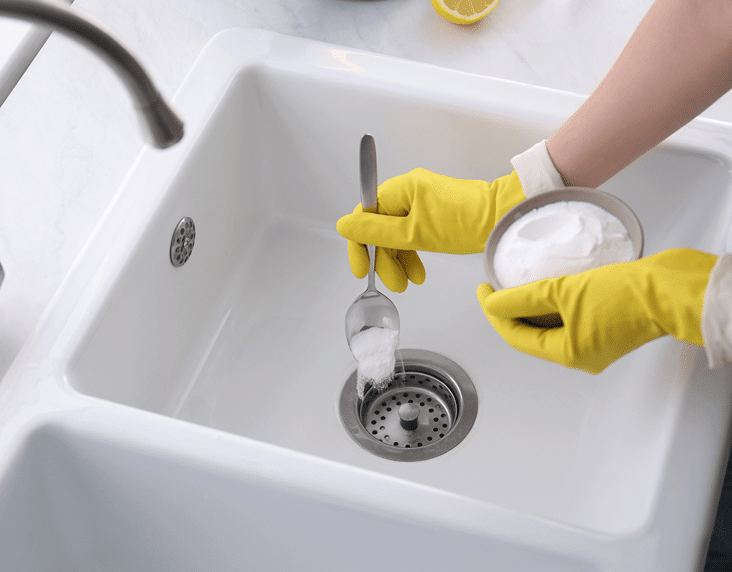
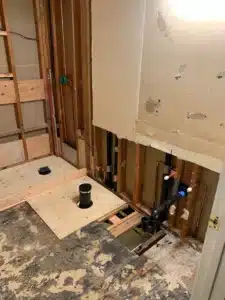 Are you experiencing a slow-draining sink or shower drain? Lucky for you, some items you probably have lying around can help dissolve the clog in your pipes and make things flow smoothly again in no time! Let’s dive into the pros and cons of using baking soda and white vinegar to help clean your drains!
Are you experiencing a slow-draining sink or shower drain? Lucky for you, some items you probably have lying around can help dissolve the clog in your pipes and make things flow smoothly again in no time! Let’s dive into the pros and cons of using baking soda and white vinegar to help clean your drains!